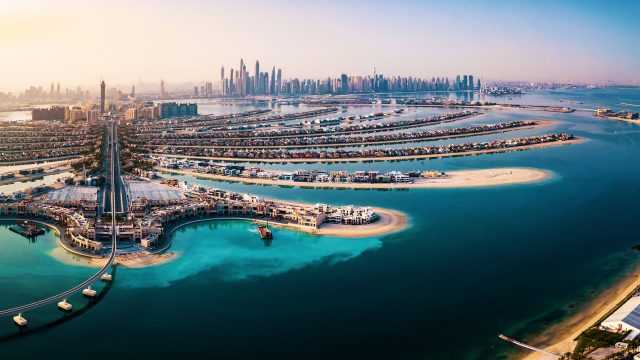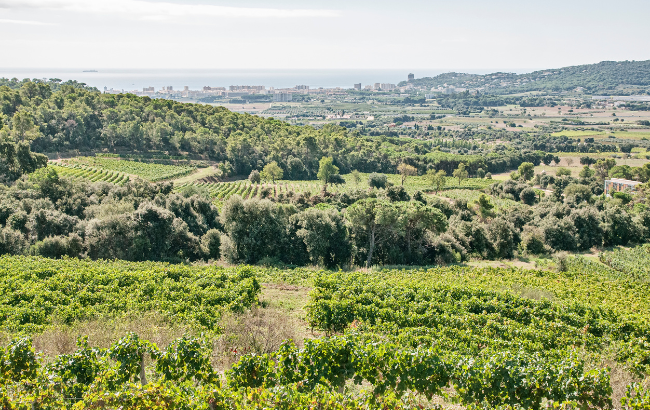Opportunities for wine in UAE continue to climb
By Eloise FeildenThe United Arab Emirates (UAE) has made a surprise first-time entry into IWSR’s top 10 wine markets based on attractiveness rankings.

The UAE remains a market largely dominated by beer and spirits, but opportunities for wine are on the rise.
Wine consumption across the region has risen as the tourism industry grows and on-trade drinking habits shift. In the on-trade, restaurants are stocking wider varieties of fine wine offerings, driving high value growth and opportunities for premium products in the market, IWSR has found.
The continued influx of Western expatriates to the region has also contributed to rising per capita consumption, and the region has ranked in IWSR’s top 10 markets according to attractiveness for the first time in 2024.
The United Arab Emirates is a federation of seven emirates, with Abu Dhabi as its capital, located in the Western Asia on the Eastern Coast of the Arabian Peninsula. The seven emirates are: Abu Dhabi, Dubai, Sharjah, Ajman, Umm Al Quwain, Ras Al Khaimah and Fujairah.
IWSR tracks wine market attractiveness through its proprietary Compass model, which offers a snapshot of the relative attractiveness of global still and sparkling wine markets. Its methodology is based on a set of socio-economic and wine market measures.
Partner Content
In its first-time surprise entry, the United Arab Emirates came in at number five this year, below the US in top spot, then Canada, Switzerland and Norway. Denmark, Australia, South Korea, Sweden and the UK completed the top 10.
The US continues to lead the way for still wine opportunities, the data analysis company said, and Canada is back to second place following a downturn caused by the pandemic.
Western Europe continues to decline, caused by high inflation and living costs.
And Asia Pacific markets continue struggling. South Korea, which once held the number 2 ranking for still wine market attractiveness, saw a drop to 8th position this year. In many APAC markets, the rising cost of living, constrained household budgets, economic slowdown, and regulatory changes have led to consumers down-trading within beverage alcohol and reducing consumption. In South Korea, the premium still wine segment has seen acute declines as well.
In Japan, the RTD category is strong and IWSR expects it to continue to provide competition for the still wine market.
Related news
WWE legend goes viral after Napa wine tasting
Favourite kosher wine 'impossible to find' due to trade war
Piccolo power: why Henkell's small bottle has stood the test of time




